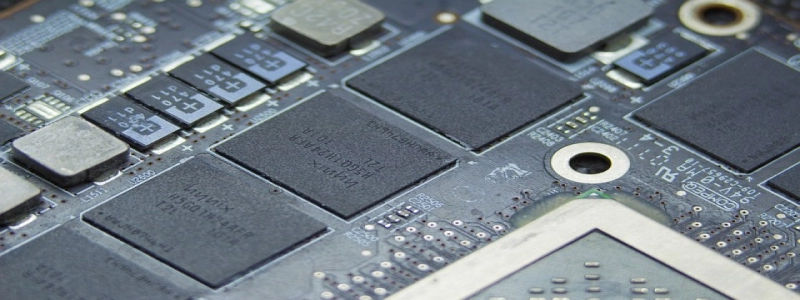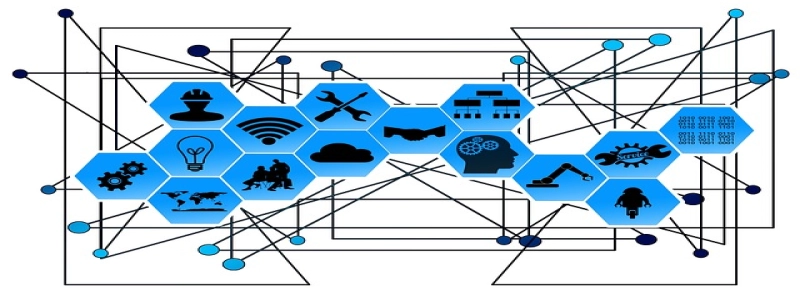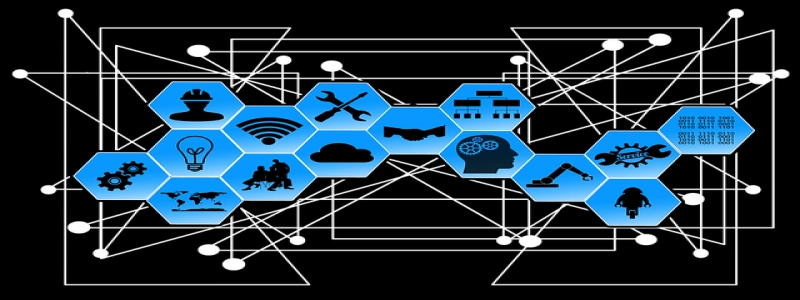Single Mode versus Multimode Fiber
Introducere:
In the world of telecommunications, the choice of fiber optic cable is a critical decision. Two popular options are single mode fiber and multimode fiber. Both have their advantages and disadvantages, and understanding their differences is essential for making an informed choice.
eu. Single Mode Fiber:
A. Definition and Functionality:
Single mode fiber is a type of optical fiber that allows only one mode of light to propagate. It has a small core diameter, typically around 9 microns, which enables a single mode of light to travel down the fiber with minimal dispersion. This results in a higher bandwidth and longer transmission distances compared to multimode fiber.
B. Advantages:
1. Greater Transmission Distance: Single mode fiber has a superior transmission capacity, allowing signals to travel greater distances without loss of quality. This makes it ideal for long-haul telecommunications applications.
2. Higher Bandwidth: With its small core diameter, single mode fiber can accommodate higher data rates, making it suitable for high-speed data transmission.
3. Reduced Dispersion: Single mode fiber exhibits lower dispersion compared to multimode fiber, resulting in better signal quality and reduced signal degradation.
C. Disadvantages:
1. Higher Costs: Manufacturing single mode fiber requires more precise techniques, making it more expensive than multimode fiber.
2. Limited Connection Options: Single mode fiber requires more complex connectors and alignment systems, limiting the compatibility with certain devices and making installation more challenging.
II. Multimode Fiber:
A. Definition and Functionality:
Multimode fiber, as the name suggests, allows multiple modes of light to propagate simultaneously. It has a larger core diameter, usually between 50 and 62.5 microns, enabling the transmission of multiple light signals.
B. Advantages:
1. Cost-Effective: Multimode fiber is less expensive to manufacture, making it a more affordable option for short-distance applications.
2. Ease of Installation: With larger core diameters, multimode fiber is easier to work with during installation. It requires less precise connectors and alignment systems, simplifying the overall installation process.
3. Wider Compatibility: Multimode fiber is compatible with a broader range of devices and can be used in various applications, including local area networks (LANs) and data centers.
C. Disadvantages:
1. Limited Transmission Distance: Due to higher dispersion and modal dispersion, multimode fiber has a shorter transmission distance compared to single mode fiber. It is not suitable for long-distance applications.
2. Lower Bandwidth: Multimode fiber has a lower bandwidth capacity, meaning it may not support high-speed data transmission as effectively as single mode fiber.
3. Greater Signal Degradation: The presence of multiple modes in multimode fiber leads to higher signal degradation, resulting in a decreased quality of transmitted signals.
Concluzie:
In summary, single mode fiber and multimode fiber have distinct characteristics and serve different purposes. Single mode fiber is ideal for long-distance, high-bandwidth applications, while multimode fiber is more cost-effective and suitable for short-distance communication. Making the right choice between the two depends on specific project requirements, budget constraints, and desired transmission distance.








